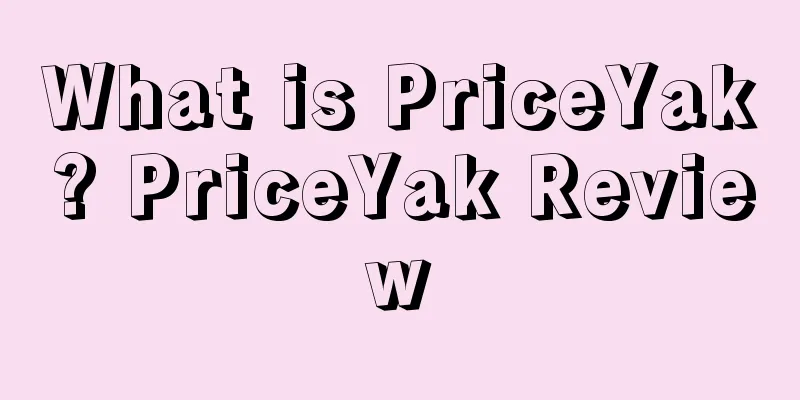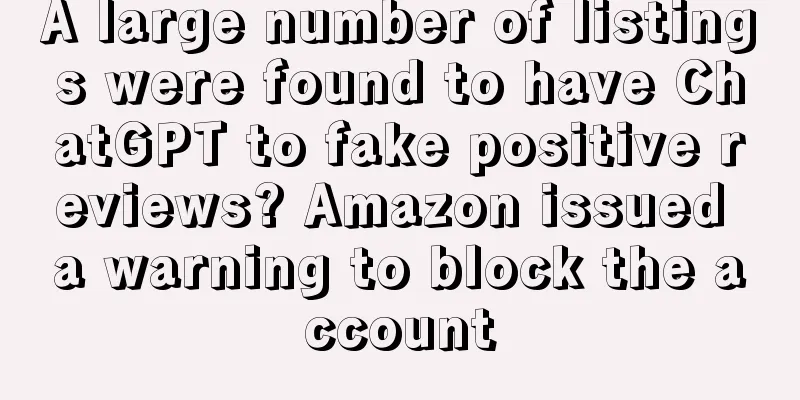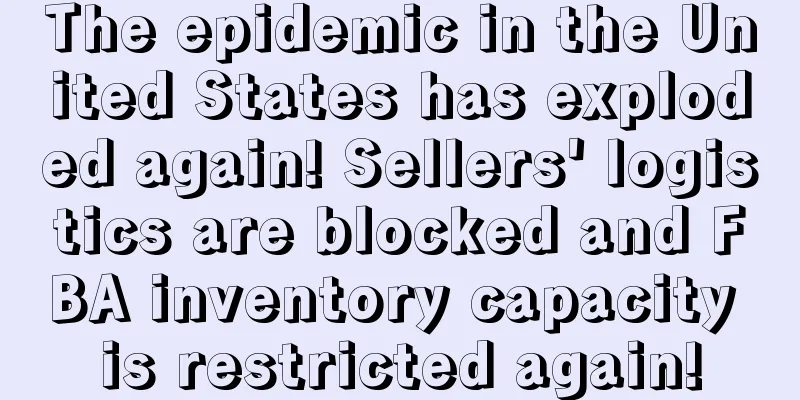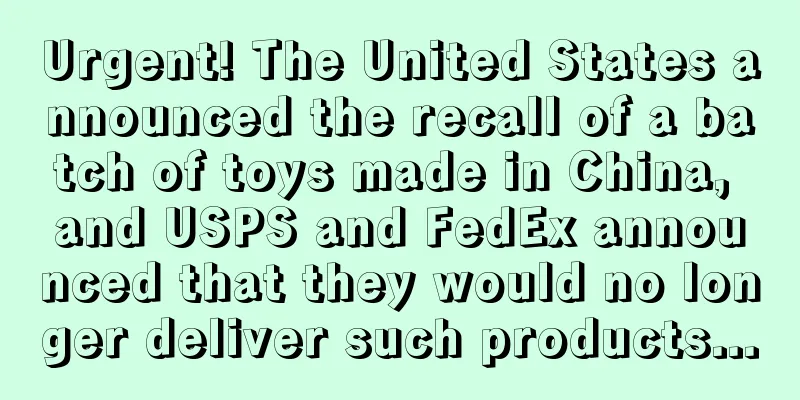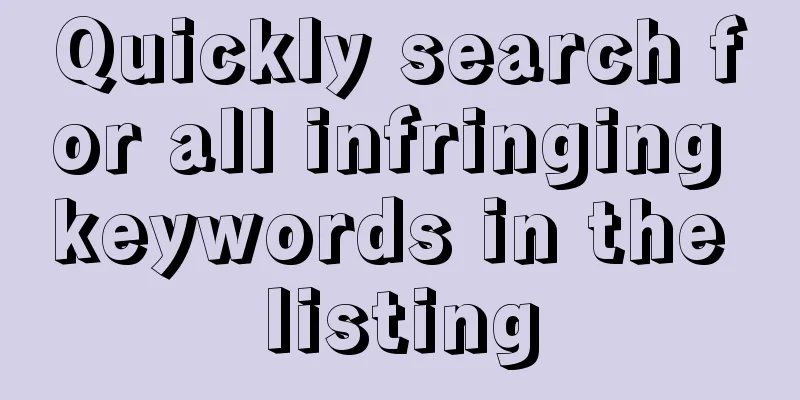What is the RoHS Directive? RoHS Directive Review
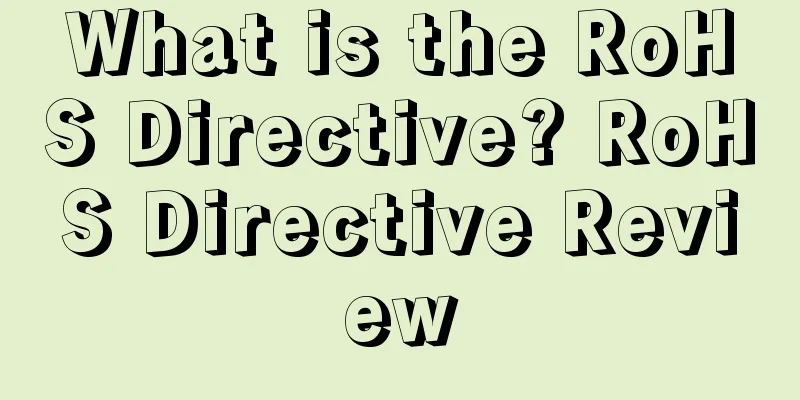
The RoHS Directive is the "EU Directive on the Restriction of the Use of Certain Hazardous Substances in Electrical and Electronic Equipment" passed by the European Parliament and the Council in 2002. It stipulates that from July 1, 2006, EU member states should limit the content of six hazardous substances, including lead, mercury, cadmium, hexavalent chromium, polybrominated biphenyls (PBB) and polybrominated diphenyl ethers (PBDE), in the ten major categories of electrical and electronic equipment put on the market. It is also known as Directive 2002/95/EC. In 2005, the EU supplemented it in the form of Resolution 2005/618/EC, which clearly stipulated the maximum limit values of the six hazardous substances, as shown in the table below. Purpose Environmental Protection and Health Chinese RoHS Directive English Restriction of use of certain Hazardous Substances in EEE Passed January 2003OverviewAccording to the RoHS Directive, from July 1, 2006, all electrical and electronic equipment sold in the EU market must prohibit the use of heavy metals such as lead, mercury, cadmium, hexavalent chromium, and smoldering agents such as polybrominated diphenyl ethers (PBDE) and polybrominated biphenyls (PBB). Scope of applicationThe 27 member states of the European Union: Britain (left the EU in 2016), France, Germany, Italy, the Netherlands, Belgium, Luxembourg, Denmark, Ireland, Greece, Spain, Portugal, Austria, Sweden, Finland, Cyprus, Hungary, Czech Republic, Estonia, Latvia, Lithuania, Malta, Poland, Slovakia, Slovenia, Bulgaria, and Romania. The RoHS directive controls product types, covering the electronic and electrical products listed in the catalog below AC1000V and DC1500V: Large household appliances; small household appliances; IT and communication equipment; consumer electronic and electrical equipment; lighting equipment; electronic and electrical tools (except large fixed industrial tools); toys, leisure and sports equipment; vending machines; semiconductor devices. It not only includes the whole machine product, but also includes the parts, raw materials and packaging used to produce the whole machine, and is related to the entire production chain. Certification bodiesAny third-party notarization laboratory with the corresponding qualifications and capabilities can provide similar services to enterprises. PurposeFirst, establish technical barriers to raise the threshold for product entry Second, strengthen environmental protection and ensure sustainable development Countries around the world, especially developed countries, pay close attention to the introduction of the RoHS Directive. Some call it a green environmental protection directive, some call it a technical barrier directive, and some call it a directive that affects the nerves of the global manufacturing industry. RoHS CertificationIf your products are not RoHS certified, it will cause immeasurable damage to the manufacturers. Your products will then be ignored and you will lose the market. If your products are lucky enough to enter the other party's market, once they are discovered, you will be subject to high fines or even criminal detention, which may lead to the closure of the entire enterprise. developOn July 1, 2011, the European Parliament and the Council published Directive 2011/65/EU (ROHS 2.0) in the Official Journal of the European Union to replace 2002/95/EC (ROHS 1.0). The new directive will come into effect 20 days later (i.e. July 21, 2011). On June 4, 2015, the Official Journal of the European Union (OJ) published the RoHS2.0 revised Directive (EU) 2015/863, which officially included DEHP, BBP, DBP and DIBP in the list of restricted substances in Appendix II. In ChinaChina is a global manufacturing powerhouse and a major exporter of products. More than 70% of its total exports involve the RoHS directive. Therefore, the Chinese government also attaches great importance to related issues and officially promulgated the "Measures for the Prevention and Control of Pollution from Electronic Information Products" on February 28, 2006, which came into effect on March 1, 2007. Simply put, it is a toxic and hazardous substance test. References
|
<<: What are Search Terms? Search Terms Review
>>: What is Amazon Q&A? Amazon Q&A Review
Recommend
20% of Americans will try new brands! "Conscious" consumption is strengthening!
It is learned that recently, according to a survey...
What is Cobone.com? Cobone.com Review
Cobone.com is the largest daily deal company in th...
What is Palmpay? Palmpay Review
PalmPay was founded on January 1, 2019. It is an A...
What is Shopbop? Shopbop Review
Shopbop is a fashion shopping website founded in 1...
New competing platforms continue to emerge, and Etsy is in danger
It is learned that in recent years, there have bee...
6 predictions for Amazon advertising in 2020
Amazon sellers have had another tough year. In 20...
Black Friday and Cyber Monday are coming. How to prepare for Amazon's peak sales season?
After Amazon Prime, sales were really bleak until ...
Making trouble! A large number of Amazon sellers received warning emails, complaining and removing their listings if they don’t pay!
Every year during the peak season, there are unscr...
What is Albertsons? Albertsons Review
Albertsons changed the traditional distribution me...
Google Trends for Nezha 2 surges! Peripheral products become a hot market... How can sellers plan ahead for such hot topics?
Anonymous user My C position During this period, i...
Newegg lost $57.4 million last year and its net sales plummeted 27.6%!
It is learned that on April 24, Newegg announced i...
What is the Shopee store rating standard? Shopee store rating standard review
Shopee store rating criteria include content. Impo...
What is Hejo International Business? Hejo International Business Review
Shenzhen Heejoe Enterprise Management Consulting C...
Amazon Product Selection: How to Find Potential Best-Sellers?
As the peak season approaches, are you looking for...
